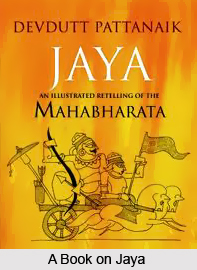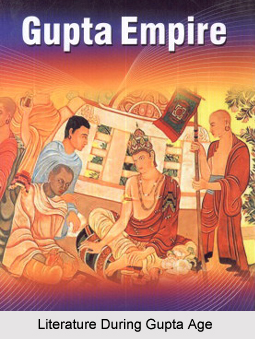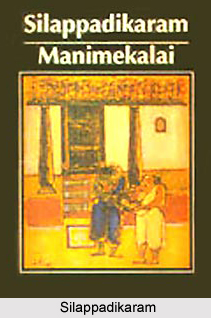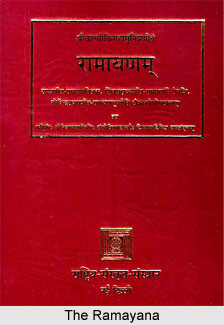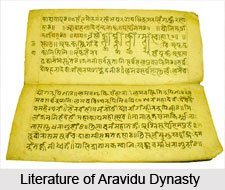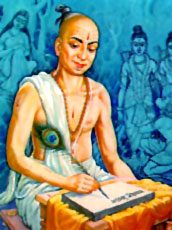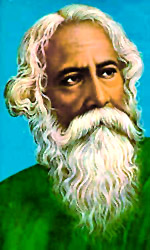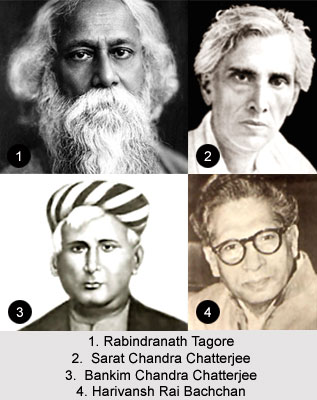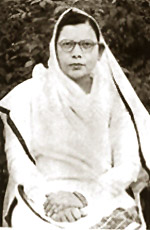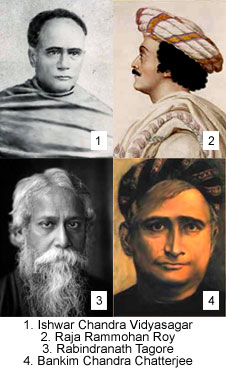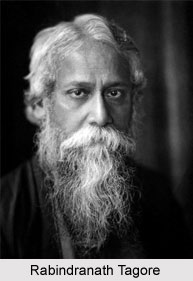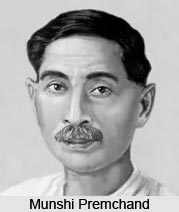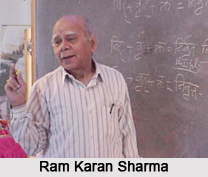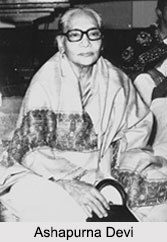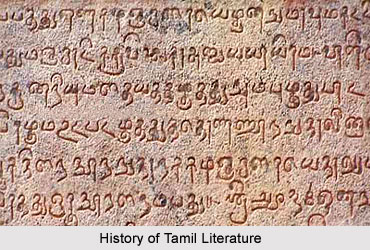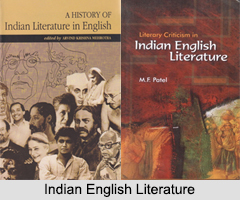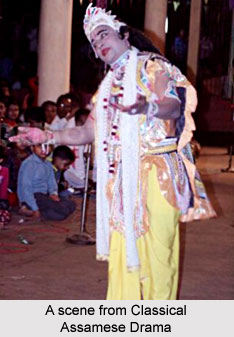 Classical Assamese drama is usually associated with Sankaradeva. Although Sankardeva (1449-1569) is the originator of dramatic tradition in Assamese, he is free from the imperfections that are usually associated with the first in any field. Even though Assamese drama started with him, he could not be equaled, much less excelled by his followers.
Classical Assamese drama is usually associated with Sankaradeva. Although Sankardeva (1449-1569) is the originator of dramatic tradition in Assamese, he is free from the imperfections that are usually associated with the first in any field. Even though Assamese drama started with him, he could not be equaled, much less excelled by his followers.
Sankardeva has six dramas, apart from Chinhayatra that is lost, to his credit. They are Kaliya-damana, Patni-prasada, Keli-Gopala, Rukmini Harana, Parijata-Harana and Rama Vijaya. It is established by scholars that all these dramas were written after Sankardeva`s twelve-year stay in different cultural centres of northern India. In Bihar and Orissa particularly, during those days, the theatre on Vaishnava theme was greatly popular. It reached a high level of attainments also. Power of kaleidoscopic appraisal and psychological assessment, grasp and understanding of the theme and, above all, the depth of poetry- these qualities are all evident in Sankardeva`s dramas.
Sanskrit plays are noted for their lyrical stanzas and prose passages, the latter being used mostly for dialogue. A similar technique is followed by Assamese playwrights also, particularly Sankardeva and Madhavdeva. The prose is simple and rhythmic with elegance. The lyrical stanzas are characterised by a sweep of metre that aptly expresses the wide range of feelings and sentiments. Generally perplexing in idea, Bhatimas constitute the grand theme of the play. The prose-passages are popular expositions of the high sentiment of the former.
This article is a stub. You can enrich by adding more information to it. Send your Write Up to content@indianetzone.com
